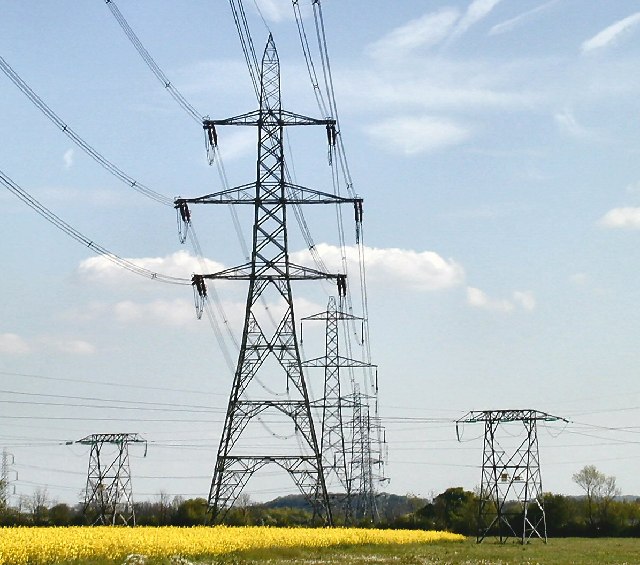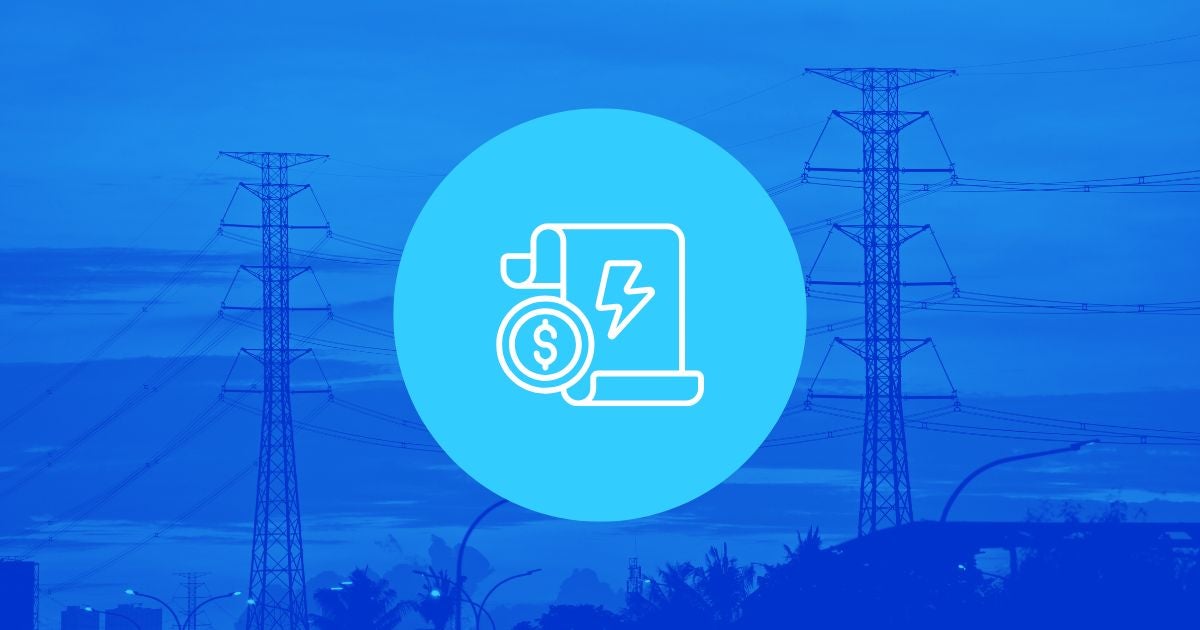The Clean Power Plan: Protecting Health and the Climate While Ensuring Electric Reliability
(This post is by EDF Associate Vice President for Clean Energy Cheryl Roberto, with EDF Senior Director of Clean Energy Collaboration Diane Munns and legal fellow Peter Heisler)

The U.S. Environmental Protection Agency’s (EPA) new Clean Power Plan will empower states to design customized, cost-effective programs to reduce climate-destabilizing pollution while ensuring continued electric system reliability.
States will be able to deploy flexible compliance mechanisms such as:
- renewable energy
- demand-side energy efficiency
- shifts in utilization away from higher-emitting and towards lower-emitting generation sources
- measures at specific plants to secure reductions in carbon pollution
And states will be able to do all of this while designing their compliance plans to make sure that generation resources are fully sufficient to ensure reliability.
The “bottom line,” according to Analysis Group, is that “there is no reasonable basis to anticipate that EPA’s guidance, the states’ [plans] and the electric industry’s compliance with them will create reliability problems for the power system.” On the contrary, “[t]o date, implementation of new environmental rules has not produced reliability problems”—despite industry’s history of crying wolf.
Case in point: before Congress enacted the Acid Rain Program in 1990, electricity producers warned that it could “increase the cost, risk the reliability of electric service, [and] disrupt the long-range planning of utilities.” Yet they quickly found solutions that reduced pollution more than required, and at much lower cost than expected — taking advantage of the program’s flexible trading system to maximize the results of conventional pollution controls.
With the Clean Power Plan, states would not only be able to implement market-based mechanisms, but also to deploy cost-effective solutions like energy efficiency, renewable energy, and shifts in utilization to lower-emitting plants.
Yet electricity producers are at it again.
American Electric Power (AEP) CEO Nick Akins recently said that a shortage of natural gas and above-average levels of coal generation during this winter’s polar vortex should raise a “red flag” about limits on carbon pollution from power plants. (See SNL Energy, April 7, 2014) But this is in fact a red herring.
Here are some key facts about the 2014 cold weather event referred to as the polar vortex:
- In the PJM Interconnection, unexpected outages at coal-fired power plants with operational problems were more to blame for the scarcity of power than outages of gas plants or a shortage of natural gas.
- Renewable energy and energy efficiency are key resources during periods of high demand. ISO New England said that renewable energy was an “important part of our energy mix” during the polar vortex, and that distributed generation resources “performed well and were a valuable part of maintaining reliability during the winter season.”
And new studies demonstrate that incorporating renewable energy and energy efficiency into the electric system to reduce carbon pollution is consistent with maintaining reliability.
For example, PJM’s Renewable Integration Study found that the system can accommodate up to 30 percent wind and solar generation without significant issues.
The real threat to reliability is inaction. The Third National Climate Assessment predicts significant impacts on energy supply and use if we do not curb carbon emissions. Year-round net electricity use will increase due to burgeoning peak loads in the summer, water scarcity will hamper various kinds of generation, and sea level rise and extreme storm surge events will inundate coastal power plants and energy infrastructure.
The choice is clear.
EPA’s Clean Power Plan will protect public health and reduce dangerous carbon emissions. Through the Carbon Pollution Standards for new and existing power plants, we can achieve significant reductions in climate-destabilizing emissions while sustaining access to affordable, dependable electricity.












